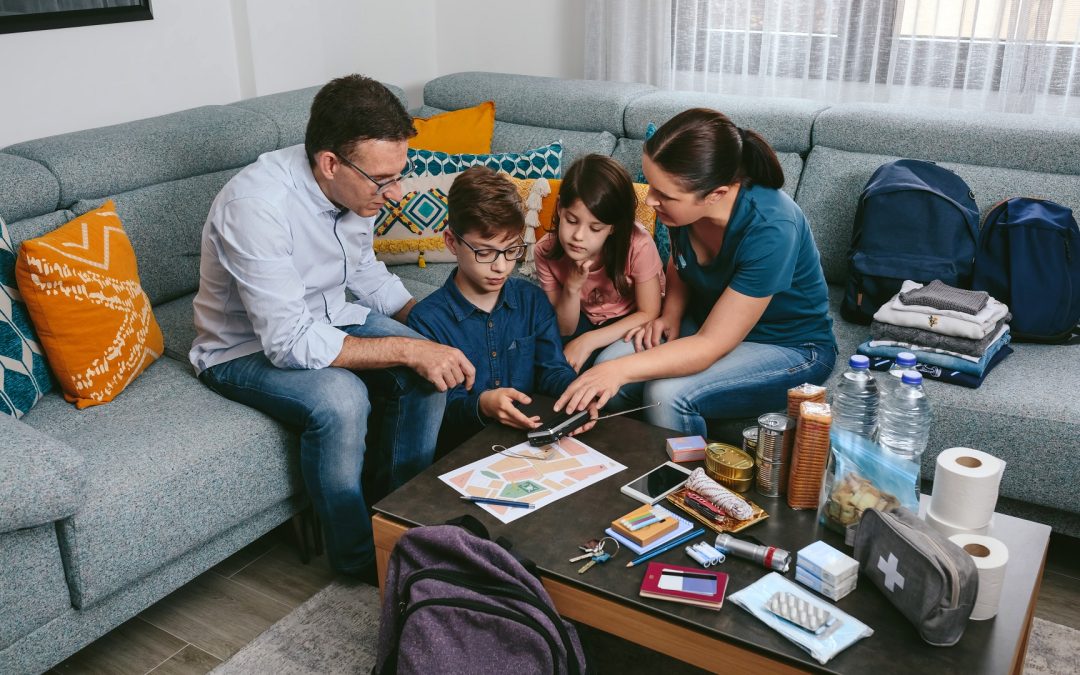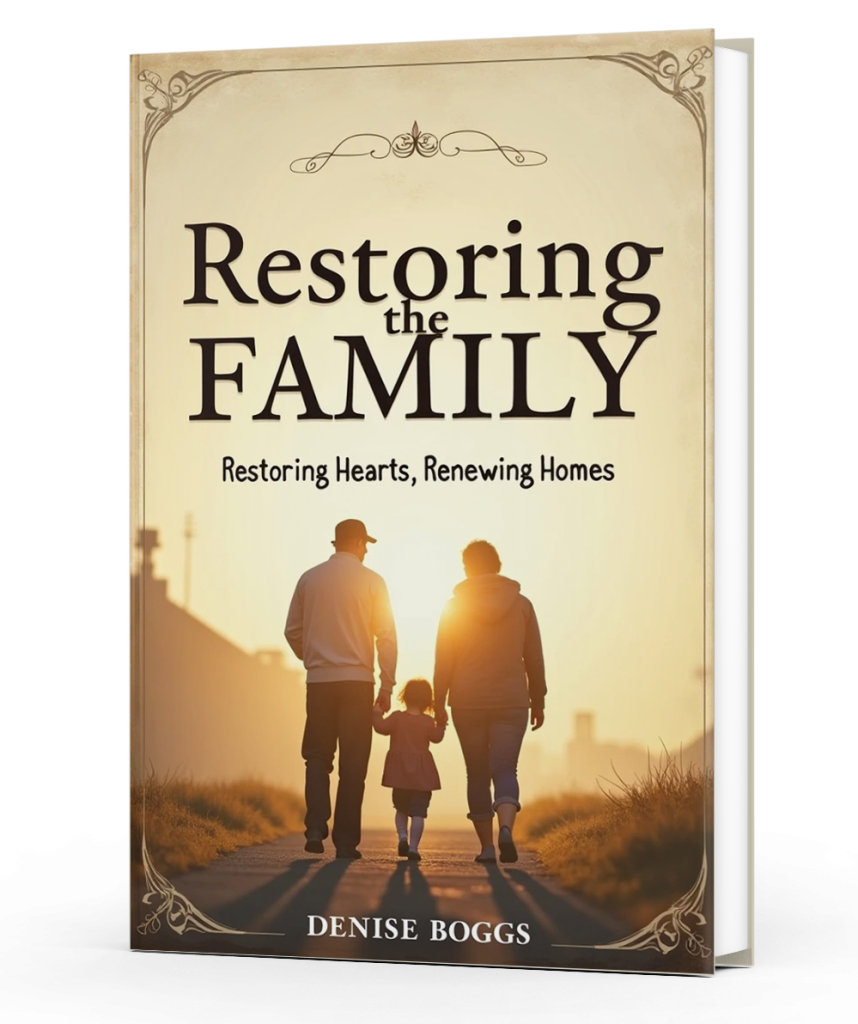The recent FDA report on the widespread presence of highly pathogenic avian influenza (HPAI) in U.S. dairy cattle should be a wake-up call for every American. While the government and public health authorities work to contain this emerging threat, it is crucial that individuals and families also take proactive steps to prepare for the possibility of a severe pandemic. The H5N1 strain of avian flu, which has now been detected in our food supply, has a staggering human mortality rate of over 50% in past outbreaks. If this virus were to adapt to spread efficiently from person-to-person, we could face a global catastrophe that dwarfs the impact of COVID-19.
In light of this terrifying prospect, it is essential that every household develop a comprehensive pandemic preparedness plan. This plan should cover the basics of survival during an extended crisis: food, water, shelter, security, and medical supplies. Aim to stockpile at least a three-month supply of non-perishable food and a minimum of one gallon of water per person per day. Ensure you have a well-stocked first-aid kit, a supply of any prescription medications your family needs, and over-the-counter remedies for flu-like symptoms.
Beyond the basics, your pandemic preparedness plan should also consider the unique needs and circumstances of your household. If you have young children, elderly family members, or individuals with chronic health conditions, make sure you have the specialized supplies and knowledge to care for them during a prolonged crisis. Think through how you would handle extended school and business closures, job losses, and supply chain disruptions. Have a communication plan to stay in touch with loved ones and stay informed about developments in your community.
It’s also crucial to prioritize hygiene and sanitation in your preparedness efforts. Stock up on soap, hand sanitizer, disinfectants, and personal protective equipment like gloves and face masks. Develop rigorous habits of handwashing, surface cleaning, and social distancing that can help slow the spread of infection. Consider setting up a designated isolation room in your home where sick family members could be cared for while minimizing the risk of household transmission.
Mental and emotional resilience will also be key to weathering a severe pandemic. Take steps now to build coping skills, strengthen social support networks, and attend to your family’s mental health needs. Resources like books, games, crafts, and exercise equipment can provide essential distraction and stress relief during extended lockdowns.
Beyond preparing your own household, it’s also important to get involved in community-level pandemic preparedness efforts. Reach out to your local emergency management agency, health department, or community organizations to learn about existing plans and volunteer opportunities. Advocate for greater investment in public health infrastructure, medical readiness, and support for vulnerable populations. The more we can build resilience and strengthen social cohesion before a crisis hits, the better we’ll be able to weather the storm.
Preparing for a severe pandemic is not about fear-mongering or paranoia. It’s about taking a clear-eyed look at the very real risks we face and taking proactive steps to protect ourselves and our loved ones. The H5N1 avian flu threat is just the latest reminder that we live in an interconnected world where new pathogens can emerge and spread with frightening speed. By investing in individual and family preparedness now, we can build the resilience and self-sufficiency needed to face whatever challenges may come.
Of course, no amount of personal preparation can fully shield us from the devastating impacts of a severe pandemic. Ultimately, we will need a robust and coordinated global response to contain the spread of deadly pathogens and mitigate their worst effects. But by taking responsibility for our own pandemic readiness, we can reduce the strain on overburdened public systems, increase our odds of weathering the crisis, and contribute to a more resilient society overall.
The time to start preparing is now, before the next pandemic strikes. Don’t wait until store shelves are empty, supply chains are disrupted, and hospitals are overflowing to start thinking about your family’s survival needs. By taking action today, you can gain peace of mind and a sense of empowerment in the face of an uncertain future.
Remember, preparedness is not just about hoarding supplies or hunkering down in isolation. It’s about cultivating the knowledge, skills, and social connections that will see us through even the darkest of times. It’s about recognizing our shared vulnerability and our shared responsibility to look out for one another. By working together to build resilience at every level – from the individual to the global community – we can face the existential threat of pandemics with courage, compassion, and hope for a brighter tomorrow.






